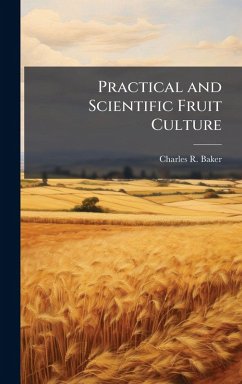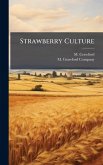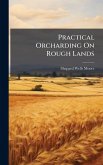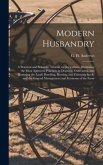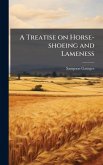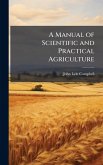"Practical and Scientific Fruit Culture" by Charles R. Baker, originally published in 1866, offers a detailed guide to the principles and practices of fruit cultivation. This comprehensive treatise covers a wide array of topics, including the selection of suitable soils, the preparation of the land, the propagation of fruit trees, and the management of orchards. Baker emphasizes the importance of integrating scientific methods with practical experience, providing readers with a balanced approach to fruit growing. The book delves into various aspects of horticulture, such as pruning techniques, pest control, and disease prevention, ensuring a thorough understanding of the challenges and opportunities in fruit culture. With its clear and accessible language, "Practical and Scientific Fruit Culture" remains a valuable resource for both amateur and professional fruit growers, offering insights into the time-honored methods of cultivating healthy and productive fruit trees. This historical work provides a fascinating glimpse into 19th-century agricultural practices. This work has been selected by scholars as being culturally important, and is part of the knowledge base of civilization as we know it. This work was reproduced from the original artifact, and remains as true to the original work as possible. Therefore, you will see the original copyright references, library stamps (as most of these works have been housed in our most important libraries around the world), and other notations in the work. This work is in the public domain in the United States of America, and possibly other nations. Within the United States, you may freely copy and distribute this work, as no entity (individual or corporate) has a copyright on the body of the work. As a reproduction of a historical artifact, this work may contain missing or blurred pages, poor pictures, errant marks, etc. Scholars believe, and we concur, that this work is important enough to be preserved, reproduced, and made generally available to the public. We appreciate your support of the preservation process, and thank you for being an important part of keeping this knowledge alive and relevant.
Bitte wählen Sie Ihr Anliegen aus.
Rechnungen
Retourenschein anfordern
Bestellstatus
Storno

